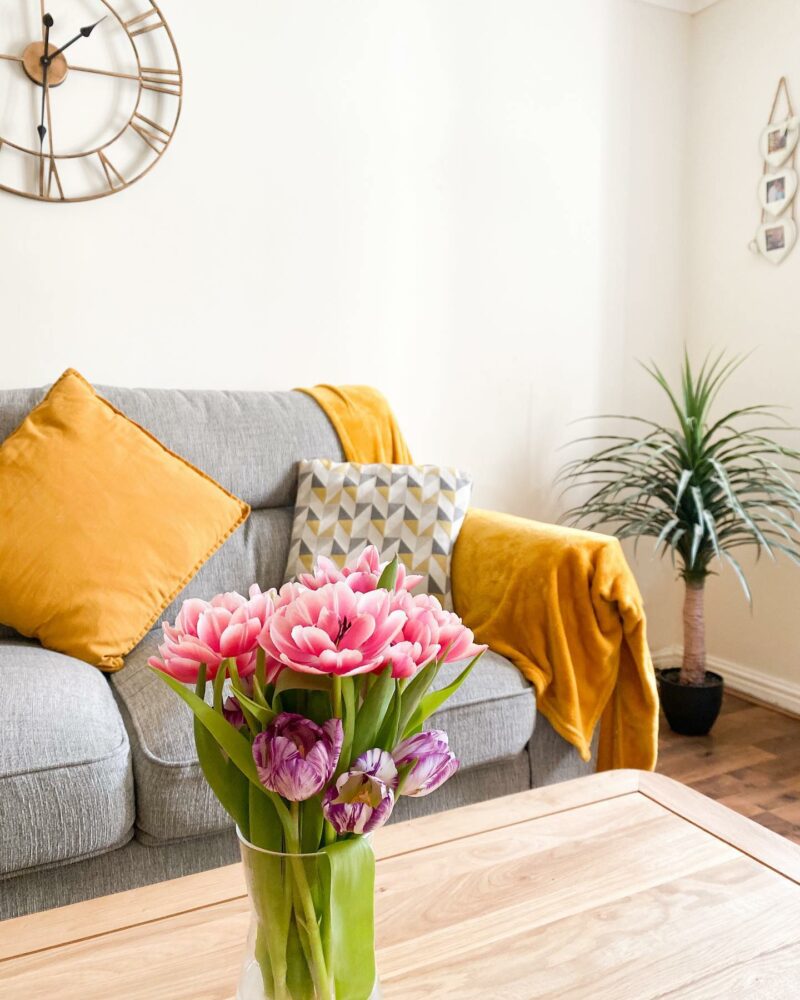Having matching sofas and chairs isn’t the only way to create seamless harmony in your living room. There are other equally elegant ways to approach your decor which don’t hold their focus on furnishings from a singular colour palette.
Perhaps your current living room spotlights a sofa that you can’t imagine ever getting rid of, but you’ve fallen for an accent chair or loveseat and can’t help but worry it would seem out of place. How can you reach a compromise? Is there a way to style these pieces together to create the living room of your dreams? Read on and we’ll show you how.
Is it OK to mix and match sofas and chairs?
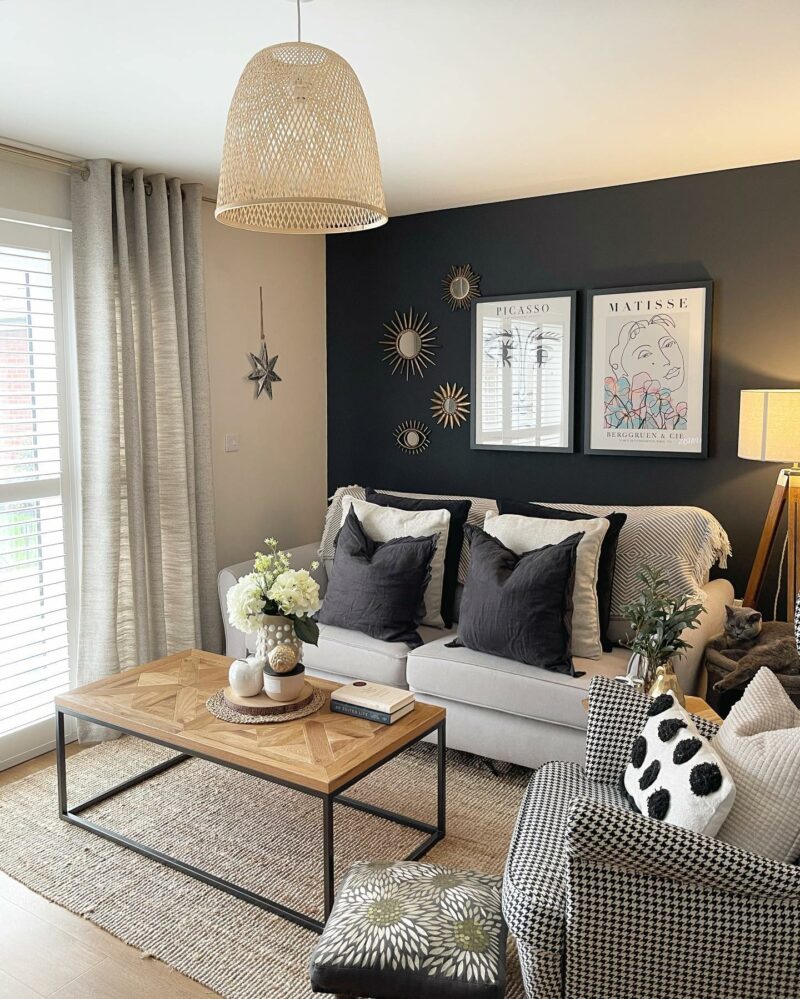
Jasmine sofa | @littlehouseofannie
Contrary to what you’ve been told, it really is possible to style those potentially mismatched items together in a way that is personal, homely and coordinated. Your sofa and chair don’t have to match perfectly. While it can sometimes be tricky to figure out the commonalities between such individual pieces, there are ways to make it work for your living room.
We’ve collated a list of our key considerations for you to follow, making it easy for you to create a blended and sophisticated look by pairing the most unexpected of pieces.
How do I make sure furniture matches?
Prioritise your personal style
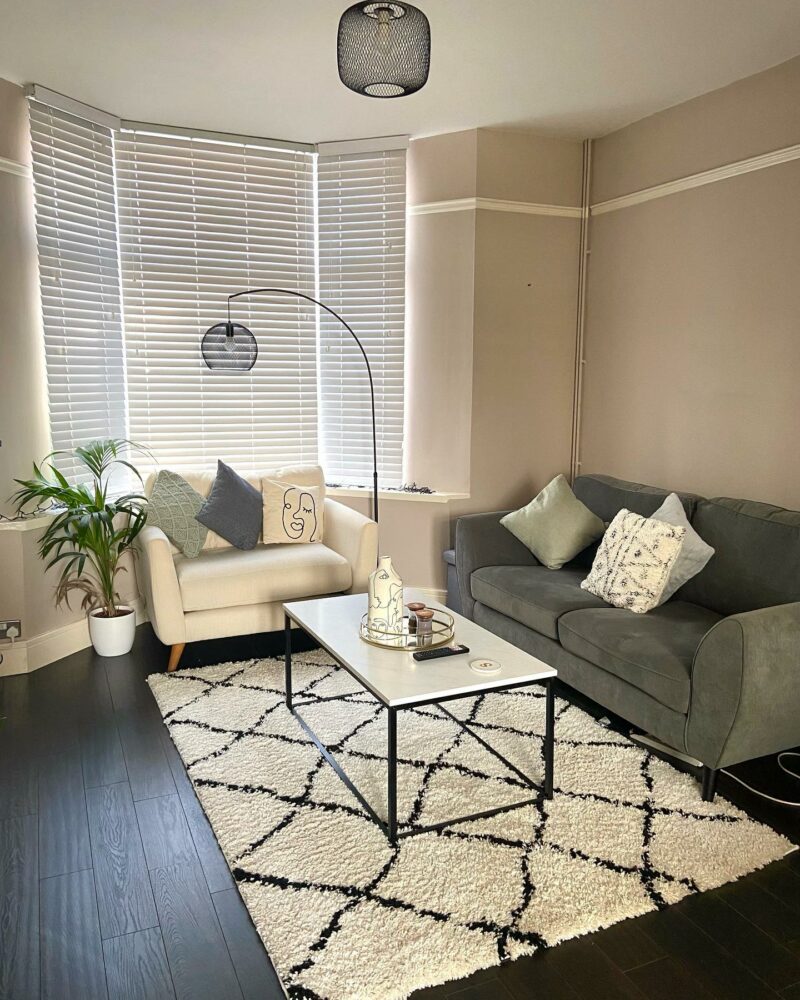
Evie loveseat | @siaanwilliams_home
Start by assessing your home’s overall style. Walk through every room, stand in each corner, take it all in. It’s important to remember that a home is an extension of the people that live there – matching furniture should be about creating a space that feels comfortable and is somewhere you want to be, rather than focusing on the rules of aesthetics or what you think your space should look like.
Stay true to your existing decor
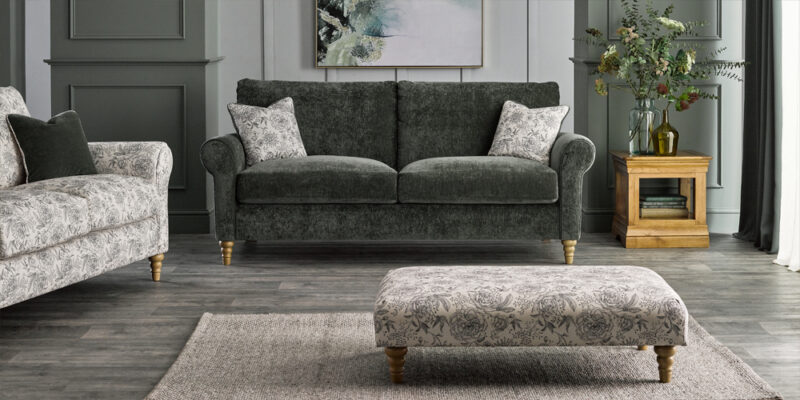
Bramble sofa | Bramble footstool
That said, if your overarching vibe is contemporary and modern, you’ll know not to try your luck with a floral accent chair. Equally, if you’ve centred your home around cottagecore trends or bold colours and prints straight out of the 70s, you may want to avoid straying too far into industrial shapes or grayscale shades like concrete and slate. While such extreme juxtapositions can occasionally work to great effect, it can be a really fine line between a worthwhile risk and a big mistake.
Create contrast with fabrics
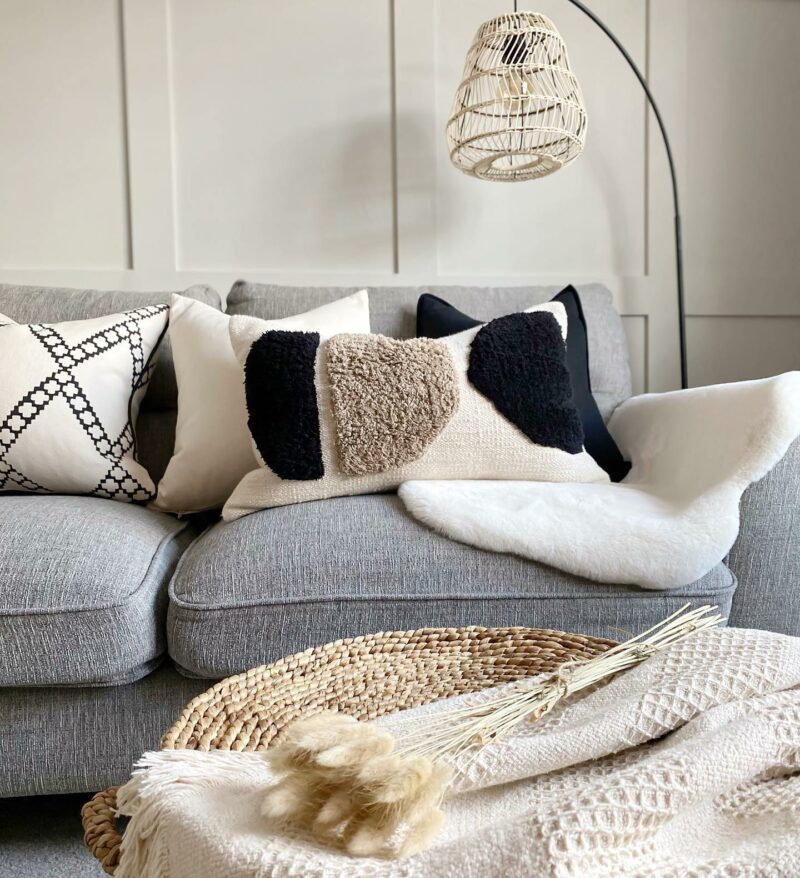
One way to create contrast in a room is by adding texture. Try selecting a particular shape, style or colour palette from which to base your furniture, rather than focusing on matching a certain type of fabric. With this approach, you allow the opportunity for various fabrics to work together in harmony; you can mix and match upholstery in a way that adds layers and depth to a room.
For example, sumptuous leathers, rich velvets and corduroy pieces can look particularly stylish when paired with a linen-style fabric. You can also create balance by incorporating your chosen fabrics into soft furnishings like decorative cushions, layering them on top of each other to tie the contrasting concepts into one seamless look.
If you do decide to mix different fabrics, keep the proportions of the furniture at the forefront of your mind. A brown leather sofa with a large frame will inevitably look disproportionate if paired with a smaller fabric chair. Accent chairs will mesh more successfully if they’re the same height. You want to let both pieces speak for themselves, rather than leaving room for one to drown out the other.
Maximise colour
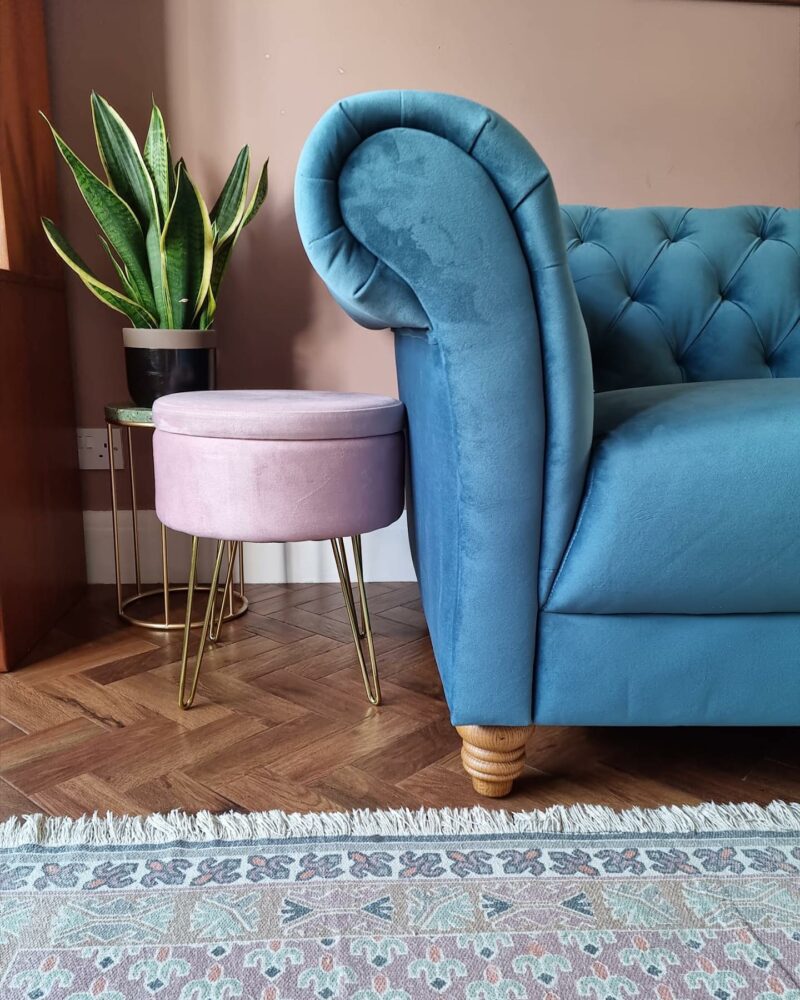
Montgomery sofa | @renovationtowers
If contrasting shapes, styles or fabrics isn’t your thing, you might find your joy in playing around with colour. Perhaps the easiest way to contrast your pieces, mixing and matching colours from coordinated palettes can help to inject that little bit of playfulness into a space without it feeling mismatched or overwhelming.
When using colour to create variation, stick to two or three chosen shades and theme the room around this palette. It’s far easier to layer various hues of the same few colours around a room than it is to coordinate an explosion of shades – the former is distinctly calmer, more collected, and gives the impression of careful planning rather than creative chaos.
Use bold accessories
If you’re new to the world of colour or don’t feel empowered to make bold choices, you can make use of soft furnishings and accessories to add a touch of fun that is both versatile and changeable. To ease yourself into it, start with a neutral tone that you love and build outwards with small pops of colour here and there.
Layer patterns on patterns
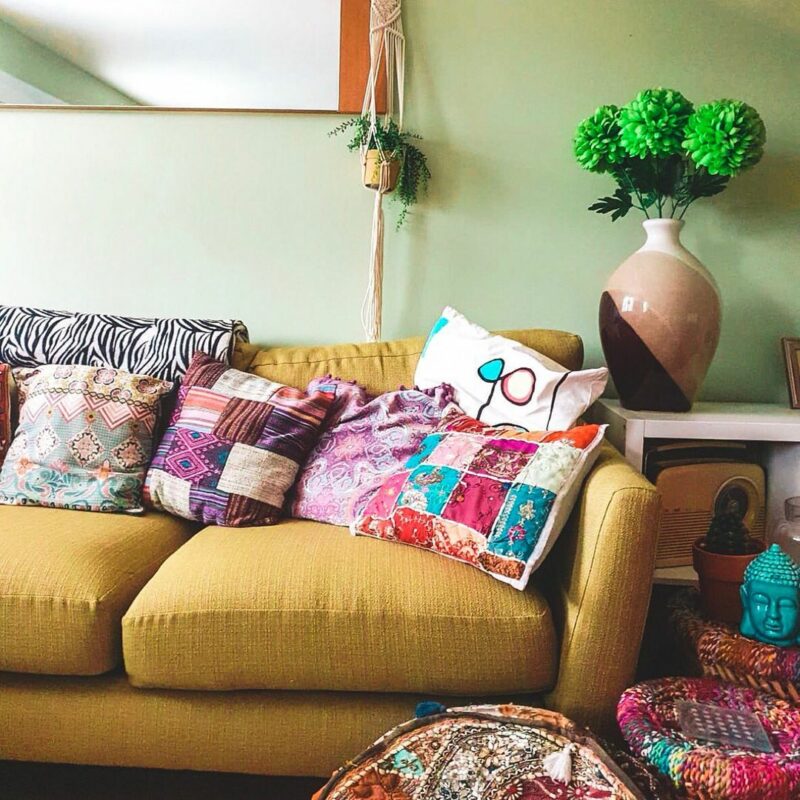
Pairing patterns with other patterns is a lot more tricky to do without overwhelming the space. There are two ways to make this work. The first is to look for patterns that are similar in shape, style and colour; two floral motifs with different coloured roses, for example, will work a lot better alongside each other than a floral print will work against paisley or tartan.
Another way to contrast patterns is to embrace maximalism and choose entirely opposing themes, such as pairing a colour with monochrome. A pink floral cushion with a black and white zebra print throw is the perfect example of playing with patterns, shapes, and colour all at once, creating an eclectic and exciting yet cohesive and intentional look.
The key here is for every item to serve a purpose in complementing another item; the monochromes of the zebra print, for example, help to emphasise the vibrance of the pink floral motif while also adding depth and drawing the eye for the right reasons.
If you decide to play around with mixing and matching your sofas, let us know by tagging us in your photos! For more home decor inspiration and to keep up with the latest in interior design trends, follow us on Instagram.


